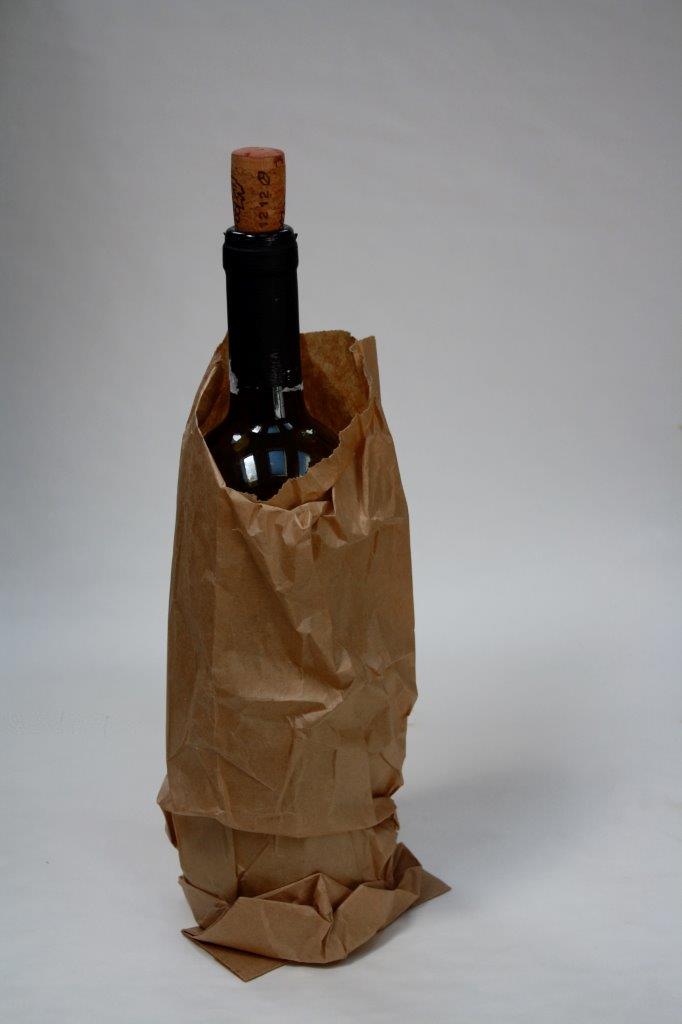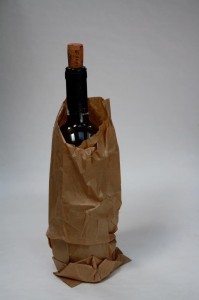
When the Bottle is Half Full
By Jerry Farrell, Jr.
One of the provisions of Connecticut’s liquor laws that I get questions about is the so-called “Doggy Bag Law,” which enables a consumer to remove a partially consumed bottle of wine from the premises of a restaurant or café, under certain circumstances.On the one hand, advocates of this law – Connecticut General Statutes, Section 30-22 and 30-22a – believe that the law encourages someone who has purchased a bottle of wine during their dinner to not feel that they have to consume the whole bottle and potentially drink to the point of intoxication.
On the other hand, those who don’t like this particular law argue that, given the tight constraints that on-premise establishments operate under, it makes no sense to let a consumer walk out the door and potentially open and consume more of that bottle once they have left the establishment, which the permittee will not see, observe or potentially intervene in. It’s interesting that both sides of this issue are in agreement that safety should be the goal of the law, but disagree as to how such safety gets advanced. So what is it exactly that the “Doggy Bag Law” allows for?
First of all, let’s be clear that this specific law only applies to those establishments holding a Restaurant or Café liquor permit and not to all on-premise liquor licenses.Assuming you are a consumer in such an establishment, to remove the bottle of wine, the following criteria have to be met:
1) Only one unsealed bottle of wine can be removed. This means it can’t be two or three unsealed bottles, only one. It also means that you can’t remove bottles that haven’t been opened yet either. And, yes, this is only bottles of wine to which this law applies – no beer or spirits can be removed from the premises under this law.
2) The consumer must have purchased the bottle of wine with a full course meal and partially consumed the wine during the meal. So food – specifically a full course meal – is a necessary part of the transaction, and the law is not going to apply if food hasn’t been purchased. What is considered a “full course meal”? Here’s what the statute says: “a diversified selection of food which ordinarily cannot be consumed without the use of tableware and which cannot be conveniently consumed while standing or walking”. So, again, forget any notions of taking that bottle of wine with you if you are only having an appetizer while standing at the bar.
3) The partially consumed bottle of wine has to be securely sealed (corked or capped) and placed in a bag by the permittee or their agent. So, the consumer has to request that the restaurant or café cork and bag the bottle, and cannot do that themselves. I have seen some restaurants that have special bags that very visibly show that the permittee corked and bagged the bottle and did not allow the consumer to walk out with an open bottle. The more that the restaurant or café who has to abide by this law does to show its compliance with the law the better — special bags, lots of staples to make it difficult to open the bag without ripping it, whatever would show a police officer that it was the consumer who opened the bag after exiting the establishment.
If you are the liquor license holder of a restaurant or café, this is an issue that you want to make your waitstaff aware of and train them as to how they need to respond. Some restaurants in fact, when the law first went into effect, would make a point of letting consumers know, when the waitperson first took a beverage order, that they could order a bottle and take it home.
Other establishments don’t point it out, but instead respond if the consumer requests. No matter how you chose to handle the issue without your facility, make sure that everyone involved understands the specific circumstances that have to be met for the law to apply.
Jerry Farrell, Jr. served as Chairman of the Connecticut Liquor Control Commission from 2006 to 2011. Today, he is an attorney in private practice, focusing on liquor licensing law. He can be reached at jerry@ctliquorlaw.com. This column is not intended to be legal advice; consult an attorney for answers to your specific questions and situation.



